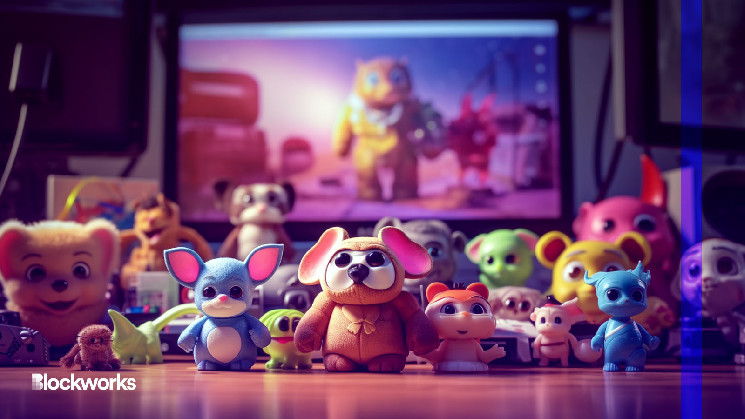NFT
They don’t call them “collectibles” for nothing.
Whether it’s Louis Vuitton bags or Funko Pops, people like to collect stuff. The reasons for collecting are many. Some do it for fun; some ride on seasonal trends. Others seek status or prestige, or show loyalty to their teams or favorite artists.
In the crypto world, people collect Bored Apes and CryptoPunks for their high value – and maybe because they look cool.
Depending on market demand, many of these collectibles can fetch huge sums of money. They can also have tremendous sentimental value to their owners.
But here’s the point: none of these NFT collectibles have any real purpose or, as we say in crypto, utility. The vast majority don’t provide special access to anything or solve real problems. They are simply pieces of physical or intellectual property that people want to own for one reason or another.
So here’s a question: why then do Web3 games spend so much time, energy and money finding use cases for NFTs? Do they really need one?
Is it enough that people just love to collect them?
It is.
Web3 game developers need to stop trying to sell NFTs as ill-defined solutions to ill-defined problems. Instead of trying to come up with questionable technical use cases for NFTs, Web3 game studios that want to create sought-after non-moversable assets should focus on making games, characters, and intellectual property that people love – and instead Create NFTs based on that.
No need to add friction for gamers
NFTs are unique digital assets stored on a blockchain, providing verifiable proof of ownership and authenticity, and – like much blockchain technology – are often described as a solution in search of a problem.
Yet they serve one important purpose: NFTs enable the ownership, trading and monetization of digital creations such as artwork, music, videos and virtual real estate. In other words, they are collectibles: they allow people to own stuff, whether physical or digital. And in the gaming world, developers have come up with a bunch of other ways to use NFTs in games.
But while these applications may seem cool and innovative on the surface, the truth is that assigning technical use cases to NFTs often creates more friction than it removes. In fact, many of these functions can be achieved – even improved – without blockchain.
Don’t focus on the technology that gets in the way
Here’s the thing, most players just aren’t interested in new ways to use NFTs unless they directly improve the gameplay experience or provide other value. This is the only thing anyone thinks about using an NFT in a game’s build.
If using an NFT doesn’t improve gameplay, don’t bother.
What gives NFTs value – both inside and outside the gaming world – is what they represent: association with an artist’s work, a piece of physical or digital real estate, or a popular brand. 99% of Pudgy Penguin owners don’t usage them for everything – they just like to collect them.
read more: Web3 has an identity crisis
Instead of putting time and money into creating NFTs for interoperability and access, why not use those funds to partner with a well-known artist in the space to create something rare and unique? The key is to focus on strengthening your brand’s reputation – and as a result, making your NFTs irresistible to people who simply love what you make.
In other words, your strategy here is brand building, not utility building.
That’s where any kind of company that wants to incorporate NFTs into what they’re building needs to think about: what types of digital assets are people interested in, why, and how can we make more of them.
We need to put our energy into figuring out what players want to collect – and then give it to them. Don’t let the use of technology for technology’s sake get in the way.
Corey Wilton is the co-founder and CEO of Mirai Labs, a leading international Web3 gaming studio headquartered in Vietnam. Mirai Labs’ first release, Pegaxy, was recognized as the second most popular crypto project in the Philippines in 2022.

